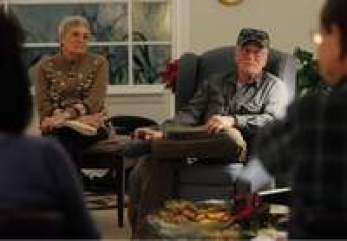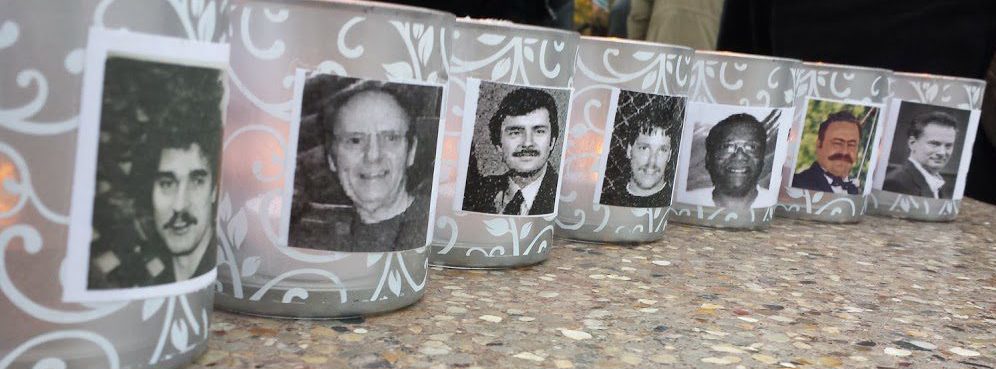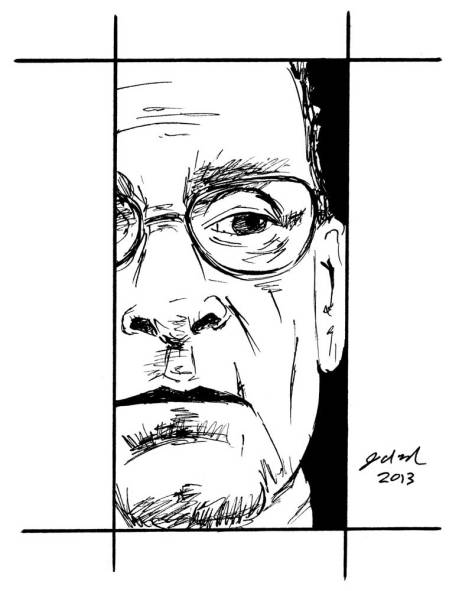Green Bay Press-Gazette Newspaper Headline:
December 19, 2010
Friends and families of 6 convicted in paper mill worker Tom Monfils’ death form ‘truth in conviction’ group
‘Conspiracy’ book bolsters mission’
By Paul Srubas – psrubas@greenbaypressgazette.com
It started as a book proclaiming the innocence of the men convicted of the 1992 murder of Tom Monfils in a Green Bay paper mill. The book, “The Monfils Conspiracy: The Conviction of Six Innocent Men,” helped bring together the friends and families of the five men still in prison and the sixth man, Mike Piaskowski, who was freed in 2001 when a federal judge overturned his conviction. Now those friends and families and Piaskowski are hoping their unified voices will help spread the book’s message, free the remaining five and perhaps have an even wider impact on the criminal justice system.
“We’re calling ourselves Truth in Conviction Alliance-Brown County Chapter, said Joan Van Houten, stepdaughter of Michael Johnson, one of the convicted men.” We’re looking for accountability for police and courts. We’ll need groups in each county. Our prime goal is to bring these five home, but along with that, we can’t continue asking for help, saying ‘listen to us,’ if we’re not listening ourselves,” she said. “We want everyone to know this can happen to you, too.”
Michael Johnson, Piaskowski and four others — Keith Kutska, Michael Hirn, Dale Basten and Rey Moore — were convicted in a Brown County courtroom of conspiracy to murder Monfils. Monfils, 35, disappeared Nov. 21, 1992, while he was working at the then-James River Mill. His body was found a day later at the bottom of a paper-pulp vat with a weight tied to his neck. The defendants and members of their families have claimed from the onset of the investigation that the six men had nothing to do with Monfils’ death. Their claim received a boost last year when Denis Gullickson and Piaskowski’s former brother-in-law, John Gaie, published “The Monfils Conspiracy” book that spells out what the authors see as flaws in the case. The two men, with Piaskowski’s help, spent eight years researching the case, reading police and court documents and interviewing people.
Their book claims that overzealous and shoddy police work caused investigators to develop a faulty theory about an altercation at the mill in the hour before Monfils’ disappearance and then to connect the six men to that altercation. The state claimed all six men were inextricably linked, and if that’s true, the book says in effect, Piaskowski’s innocence exonerates the other five. The federal judge overturned Piaskowski’s conviction because of a lack of evidence. Brown County District Attorney John Zakowski, who prosecuted the original case, stands by the police work, the investigators’ theory and the convictions. Zakowski says the federal judge erred in overturning Piaskowski’s conviction, a claim that rankles Piaskowski and members of Van Houten’s fledgling group.
“He must be above the law, right?” said Brenda Kutska, who is married to Keith Kutska’s son. Gullickson, who along with Gaie and Piaskowski, is also a member of Van Houten’s alliance. The three men made a habit of meeting weekly to do research for their book and organize it and later, to strategize about marketing it and continuing to work to clear the remaining defendants’ names. Families of the other defendants also were working behind the scenes, trying to contact lawyers to continue appeals processes.
It wasn’t until the book was ready for publication in fall of 2009 that the authors and family members all got together. “We figured it was strategically important to get everyone together, and then we realized it was the first time the families have all been together since the trial,” Gullickson said. “Something poignant about that was, each of the families knew their loved one was innocent but didn’t know the others were” until they learned collectively of the authors’ findings.
Since then, they’ve been trying to meet regularly, to share information and tips, offer each other moral support and strategize. So far the strategy has involved trying to raise public awareness through writing letters and promoting the book. Gullickson said they’ve gotten the book into the hands of several elected leaders and judges, and it helped them enlist a Minneapolis private investigator to look more deeply into the case.
The investigator, John Johnson, said he’s helping the effort at no charge after having read the book three times. He said he has put together a task force of engineers, a forensics expert and three retired federal investigators to look at evidence in the case.
In October, the group organized a candlelight vigil to commemorate the 15th anniversary of the men’s arrests. This week, the group’s third formal meeting involved the development of the group’s name, the Truth in Conviction Alliance, and discussion of how to involve families and groups who are fighting for the exoneration of other convicted men. “It’s a learning process,” Van Houten said. “None of us really knows what we’re doing, it’s all trial and error, but if we can help provide information we’ve learned, we can help you with your legal issues.” There are hundreds of innocent people in prison. You have one group working here, another working there, and if you look at all these groups, instead of having all those micro-groups, you have one big group, now it’s a full-force campaign.”
©2015 Press-Gazette Media
This article appeared on the newspaper’s front page. It was the first time residents were exposed to the formation of a significant group that gathered in Allouez; a small subdivision of Green Bay, Wisconsin. Once a month friends and family of the men convicted in the Tom Monfils murder case meet at the home of Shirley DeLorme; a woman who realized that Mike Hirn had been in her speech class at DePere High School. She understood there is more to this Monfils case than meets the eye. One day, she talked of her son’s feelings toward Michael Piaskowski that had formed while working closely with him. “…had my husband not died of stomach cancer and had I therefore not invited my son Bob to live with me, I would never have heard Bob say, “Mom, that man, is not a murderer!” Shirley was further introduced to the discrepancies in the case by her good friend, John Gaie, who co-authored The Monfils Conspiracy; the book that questions the guilt of each of the six men. Shirley found ample reason to get involved. She did what she could by hosting monthly meetings in her home.

Shirley DeLorme and exoneree Mike Piaskowski at Shirley’s home. (Photo courtesy of Green Bay Press-Gazette)
Six years later, this group still meets monthly (except for December) to discuss the latest developments, to keep in touch, and to partake in the enjoyment of Shirley’s fabulous homemade chili, sloppy Joes, or her special recipe of homemade fudge. Her kindness gives relief to the friends and families, knowing they have a gathering place that is shielded from the ignorance of those unwilling to accept the true facts in the matter.
The group changed its name to FAF (Friends and Families) and an alliance with other communities has yet to evolve. Having been to numerous meetings and witnessing an emotional bond that has cemented a comradery for the many involved in this injustice, I’d say that what was needed to happen has been accomplished…for the time being. These people were set apart by their own tragedy. Acknowledging each other brought back the horror of a past that promised no future resolution. So for them it was easier to deal with things on their own. Now in the midst of renewed hope and energy, a recent meeting included conversation full of optimism; a far cry from the earlier days when the road to freedom was non-existent.
Like me, Shirley has no connection to this tragedy other than an indirect one, but after learning about this injustice she selflessly stepped in to help. She’s lost friends over her involvement and has devoted precious time to its success. She proudly acts as host and secretary; taking notes at every meeting and typing them up for distribution to the rest of the group. She is to be commended for providing a safe haven for folks in a town not shy about airing its opinions.

